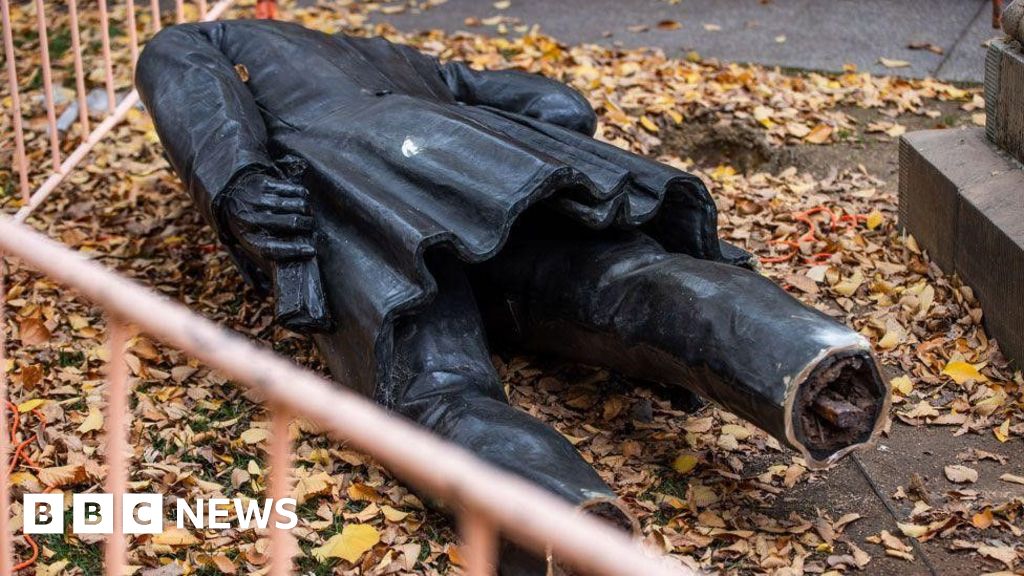ABC News reporter Luke Bowden has reported on the divisive issue surrounding the statue of William Crowther in Hobart. The statue, which had stood in a square in the city for over a century, was vandalized in May, with its feet chopped off and graffiti sprayed on its base. This act harkened back to a dark chapter in history when Crowther allegedly stole the skull of an Aboriginal leader, William Lanne, triggering a series of atrocities against the indigenous population of Tasmania.
The removal of the statue has sparked a debate between those who see Crowther as a significant figure in the state’s history and those who view him as a symbol of colonial brutality. For descendants of Lanne, the statue represents the erasure of their people’s history and the ongoing struggle for recognition and justice.
The controversy surrounding the statue is just one example of the larger issue of acknowledging and confronting Tasmania’s dark past. Risdon Cove, the site of the first British settlement in Van Diemen’s Land, is a poignant reminder of the violence and oppression suffered by the Aboriginal people at the hands of the colonizers. The massacre that occurred there in 1804 marked the beginning of a systematic effort to eradicate the indigenous population from the island.
Despite efforts to erase their existence, Tasmanian Aboriginal people have fought to reclaim their history and identity. The false narrative of their extinction has had a devastating impact on their community, leading to a loss of culture and a sense of belonging. However, activists like Nala Mansell and Nunami Sculthorpe-Green are working to ensure that their stories are heard and their heritage is preserved.
The debate over the Crowther statue reflects a larger struggle for truth and reconciliation in Tasmania. While some argue for the statue’s preservation as a historical artifact, others see it as a painful reminder of past injustices. As the city grapples with its past, the statue remains a symbol of the ongoing efforts to confront and heal from the wounds of colonization.

